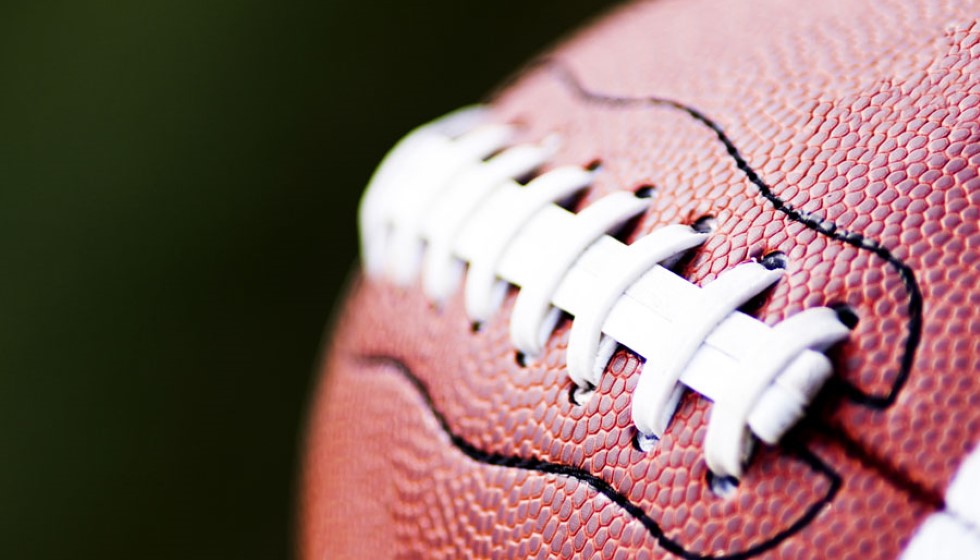
The 2024 NFL season marks a significant milestone in player safety initiatives, thanks to the collaborative efforts between the National Football League (NFL) and the National Football League Players Association (NFLPA). A pioneering shift towards the development and adoption of position-specific helmet models underscores a new era of customized player protection. This advancement recognizes that the roles within the game entail distinct challenges and risks, necessitating tailored solutions to mitigate injury risks effectively.
Customizing Safety: Position-Specific Helmets
In the relentless pursuit of safety, the distinction between positions has become a focal point. For quarterbacks, the emphasis is on helmets that not only offer superior protection from high-impact collisions but also enhance visibility. The ability to see the field clearly while being safeguarded against potential injuries is paramount for these key players. Similarly, linemen—who contend with repetitive, high-force impacts—now have helmets explicitly designed to absorb these blows, thereby reducing the strain and risks associated with their role.
As a testament to these advancements, approximately eight elite helmets have been crafted to cater specifically to the needs of quarterbacks and linemen. Helmets for quarterbacks are engineered to balance visibility and impact protection meticulously. On the other hand, linemen's helmets are fortified to endure and dissipate the energy from high-force impacts more effectively.
Leading Innovations and Models
Among the forefront of these innovations is Riddell's Axiom 3D model, a pioneer in helmet technology, setting new standards for player safety. The interest in specialized helmets, especially among linemen, has seen a remarkable uptick, driven by the benefits these helmets offer in terms of protection and comfort.
The inquiry into a helmet incident involving Patrick Mahomes played a pivotal role in propelling discussions about enhancing helmet safety. This incident, among others, has underscored the importance of continuous improvement and adaptation in helmet technology.
Regulatory Approvals and Future Directions
The path to these specialized helmets has been marked by strategic approvals, with linemen's helmets receiving the green light in 2022, and quarterbacks' helmets following suit in 2023. This phased approach underscores a committed effort towards extending comprehensive protection across all positions.
Research and development in this arena remain robust, with a focus sharply trained on curtailing head injuries. The trajectory suggests a growing trend towards the adoption of position-specific helmets, with anticipation that more players will transition to these advanced models in the coming seasons.
Technological Frontiers in Helmet Safety
The evolution of helmet technology is a critical component in the broader objective to develop safer and more effective protective gear. With each breakthrough, the potential to minimize injury risk escalates, paving the way for a sustainable career for NFL players. The industry's outlook hints at an expanded range of specialized helmets, potentially encompassing roles like wide receivers and running backs, further customizing player safety measures.
Evaluating the Impact and Looking Ahead
Jeff Miller, the NFL's executive vice president for health and safety, views these developments as a promising stride towards enhanced player protection. However, he acknowledges the journey ahead, emphasizing the need for wider adoption, particularly among linemen. The accumulated evidence and continuous feedback loop from players are central to refining these innovations, ensuring they meet the evolving demands of the game while prioritizing player health and safety.
The move towards position-specific helmets represents a fundamental shift in how player safety is approached in the NFL. As these initiatives gain momentum, the expectation is for a substantial reduction in head injuries, facilitating a safer playing environment. This progress is a testament to the league's commitment to its athletes, ensuring their well-being is at the forefront of game development and strategy. The evolution of helmet technology not only marks a significant advancement in protective gear but also in the philosophy of sports safety, setting a precedent for other leagues and sports to follow.